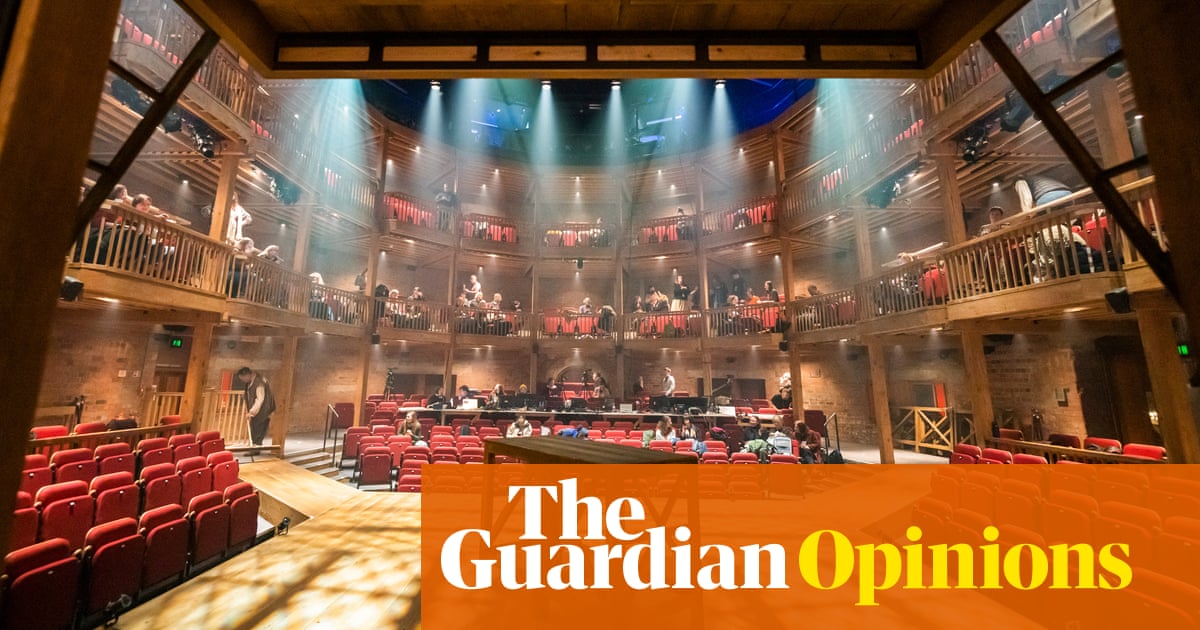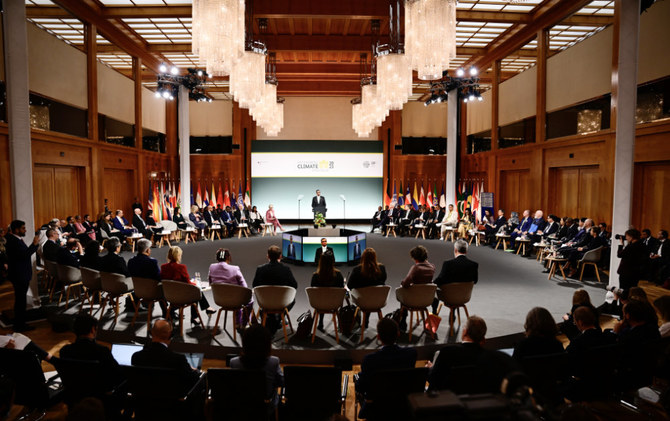
What makes a good theatre? Critics are not the most reliable guides. We sit in the best seats, don’t have to pay, and are there to assess the performance rather than the building. If ever I have wanted guidance on architectural issues, I have turned to Iain Mackintosh, who from 1973 worked for Theatre Projects Consultants, has designed many successful theatres and has now put his encyclopedic knowledge into a book called Theatre Spaces 1920-2020. But the revelation comes in the subtitle: Finding the Fun in Functionalism. At the heart of the book lies an assault on modernist concrete buildings and a celebration of any theatre where actor and audience enjoy an easy rapport.
Mackintosh covers a lot of ground and tells a number of good stories, two of which relate to the old Shakespeare Memorial theatre in Stratford, which opened in 1932. Derided at the time as a “jam factory”, yet capable of infinite adaptation, it has long been attributed to a 29-year-old modernist architect, Elisabeth Scott. But Mackintosh implicitly endorses the view that it was the work of her father, Maurice Chesterton (cousin of the famous GK). He also quotes a story about Tyrone Guthrie, on being offered co-directorship of the theatre in 1950 by Anthony Quayle, saying he would only accept if they built a new theatre with the audience on three sides. Asked what should be done with the existing theatre, Guthrie replied, “Bulldoze it and push it into the river.”
In seeking an antidote to modernism, Mackintosh rejoices in two things. One is spaces built of brick and plaster, which, unlike concrete, are adaptable. The other is what came to be known as the “courtyard theatre”, modelled on rectangular, galleried 18th-century playhouses such as the Georgian Theatre Royal in Richmond in North Yorkshire. This was the inspiration both for the Cottesloe (now the Dorfman) at the National Theatre, and the Tricycle (now the Kiln) in Kilburn, which owe everything to Mackintosh’s design. But Mackintosh also singles out the Swan in Stratford, where he was not involved, and where the architect, Michael Reardon, was inspired by galleried churches whose architecture “had the power to draw the audience together in a way that modern theatres do not”.
Mackintosh reserves his anti-modernist scorn for the two main auditoria at the National Theatre, and it is here that he and I part company. I concede that there is some truth in Bill Bryden’s observation that the Lyttelton is “the best cinema in London”, and that both it and the Olivier have acoustic issues. But when Mackintosh writes “it is hard to raise a laugh on the wide stages of the Olivier and the Lyttelton”, I gasp in disbelief: I didn’t notice Jack Absolute Flies Again in the former or The Motive and the Cue in the latter having any great problem. Mackintosh also underrates the importance of perfect sightlines: a cardinal point of Denys Lasdun’s original design. He attacks the steeply raked, fan-shaped auditorium of which the Olivier is a prime example, yet I have sat at the back of it and had a decent view. In contrast, I nearly quit a West End theatre recently because the height of the admittedly restless man in front of me blocked out half the stage. (I was glad I didn’t remonstrate with him as he turned out to be the co-lyricist of the show in question.)
Where I agree with Mackintosh is in his emphasis on the actor-audience relationship. On that count, in addition to the Swan, the Dorfman and the Kiln, I would place the Crucible in Sheffield, the Minerva in Chichester, the Orange Tree in Richmond and the Young Vic in London among my favourite spaces. Looking to the future, Mackintosh also makes a sharp point when he suggests that the easy availability of live cinema transmissions will eventually kill off touring theatre. But the virtue of his book is that it is the work of a knowledgable enthusiast, and proves that, while the play’s the thing, the frame in which it is seen is crucial to our enjoyment.
Theatre Spaces: 1920-2020 is published by The Society for Theatre Research and Bloomsbury-Methuen












